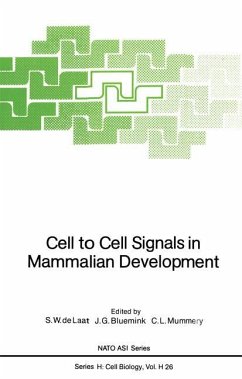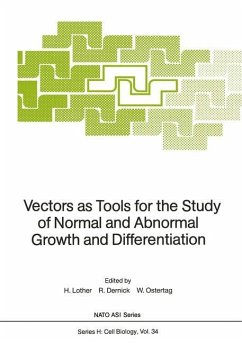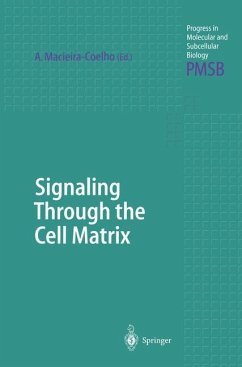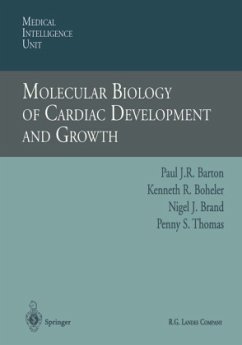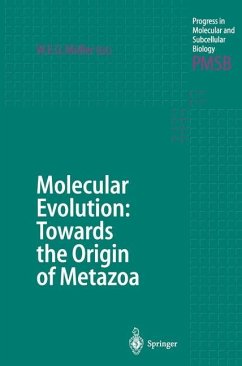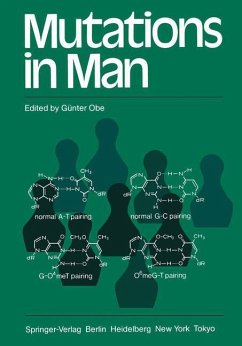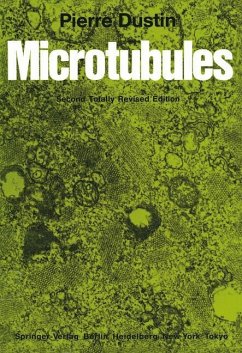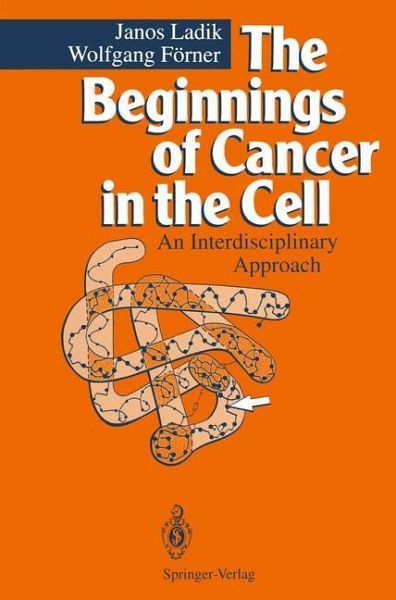
The Beginnings of Cancer in the Cell
An Interdisciplinary Approach

PAYBACK Punkte
19 °P sammeln!
Initiation of cancer in the cell is experimentally related to action of chemicals and radiation. For understanding the first steps of this interaction, approved methods from quantum theory and solid state physics are applied by the authors.
The approach of this book is interdisciplinary. Theoretical models are qualitatively applied. Known effects, like oncogene activation, anti-oncogenes, and disturbances of the cell's self-regulation are explained. The authors propose possible points of intervention in the cancer initiation process based on the theoretical considerations.
The approach of this book is interdisciplinary. Theoretical models are qualitatively applied. Known effects, like oncogene activation, anti-oncogenes, and disturbances of the cell's self-regulation are explained. The authors propose possible points of intervention in the cancer initiation process based on the theoretical considerations.



